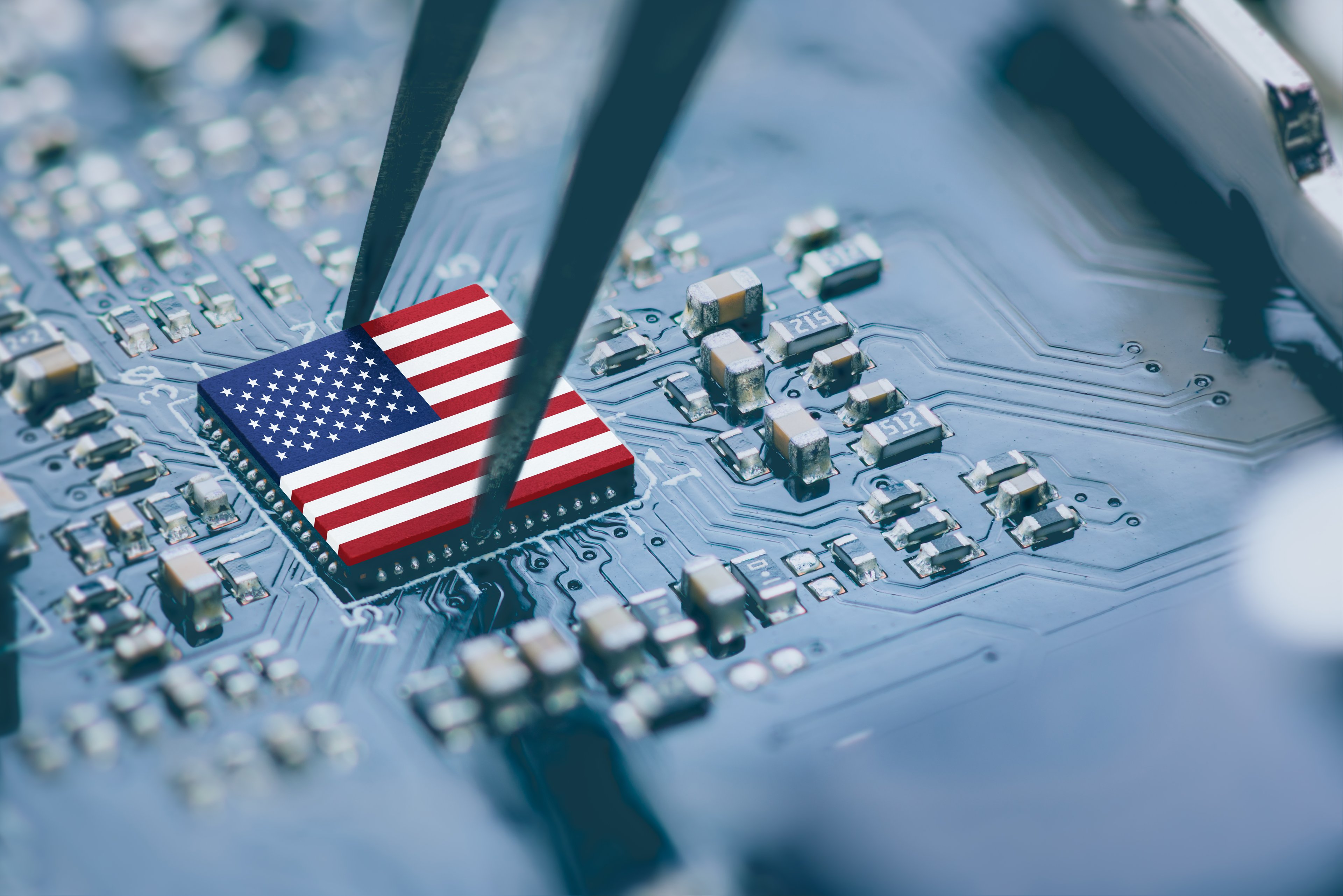This Fool stuck his neck out yesterday, daring Advanced Micro Devices (NYSE:AMD) to put out a disappointing report when all signs from Intel (NASDAQ:INTC) pointed to positive developments for AMD. Well, the numbers are in, my inbox nearly free from complaints, and AMD's stock was up a modest amount in after-hours trading -- but has dropped more than 4% in trading so far today.
It's not a home run by any means, but at least a solid double. AMD scraped together the highest third-quarter sales in company history, improved gross margins to 41% after a 33% take in the second quarter, and kept pro forma losses smaller than Wall Street had expected.
In the conference call, CFO Bob Rivet told us that his company would get back to breakeven around $2 billion in quarterly revenues and 40% or better gross margins. "We're not going to cut our way to make the bottom line happen," he said. That's good to hear. That would be like cutting off your nose to spite your face -- without continued investments in research and development, capital expenses for manufacturing upgrades, and a nonstop sales effort, the company would have no future.
Management also said that AMD had taken some market share from Intel. With the caveat that the usual third-party research that would confirm or disprove these statements isn't available yet for this quarter, there does appear to be a modest share gain in consumer notebooks, a small loss in server space, and no change in the desktop market.
One Intel employee did email me to say they've been busting their butts over there, and it's starting to pay off. I bet his colleagues at AMD would say the same thing.
Gross margins have started to rebound, sales are picking up nicely, and average selling prices improved too. With all of these key metrics finally moving in the right direction, it looks like AMD can return to making profit in the near future.
Now it's up to the boys and girls at Dell (NASDAQ:DELL), Hewlett-Packard (NYSE:HPQ), IBM (NYSE:IBM), Sun (NASDAQ:JAVA), and so on to push out some decent sales over the holiday season. The past 18 months of fierce competition has galvanized both chip makers, putting them in better positions to profit from rising sales and looser margins.
Further Foolishness:








